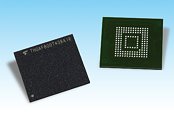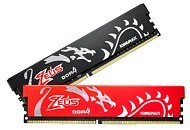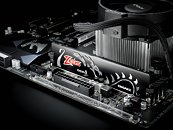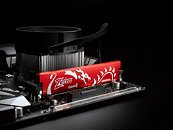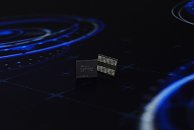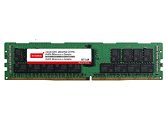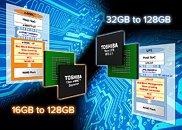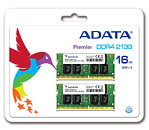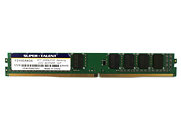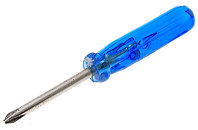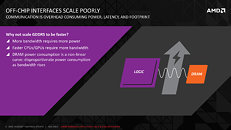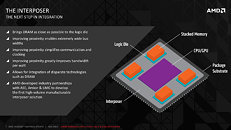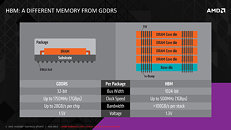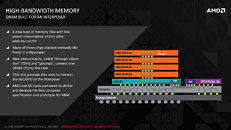
JEDEC Publishes Universal Flash Storage (UFS & UFSHCI) v3.0 and UFS Card v1.1
JEDEC Solid State Technology Association, the global leader in the development of standards for the microelectronics industry, today announced the publication of Universal Flash Storage (UFS) version 3.0, JESD220D. In addition, new updates to related standards, JESD223D UFSHCI and JESD220-2A UFS Card Extension, have also been published. Developed for mobile applications and computing systems requiring high performance with low power consumption, UFS 3.0 is the first standard to introduce MIPI M-PHY HS-Gear4, with a data rate of up to 11.6 Gbps per lane, a 2x performance increase over prior versions of the specification. UFS 3.0 includes two features introduced specifically for the automotive market: the ability to function at an extended temperature range and refresh operation. JESD220D, JESD223D and JESD220-2A are available for download from the JEDEC website.
UFS is a high-performance interface designed for use in applications where power consumption needs to be minimized, including mobile systems such as smart phones and tablets as well as automotive applications. Its high-speed serial interface and optimized protocol enable significant improvements in throughput and system performance.
To achieve the highest performance and most power efficient data transport, JEDEC UFS leverages industry leading specifications from the MIPI Alliance to form its Interconnect Layer. This collaboration continues with UFS version 3.0, which references the MIPI M-PHY v4.1 physical layer specification and the recently released MIPI UniProSM v1.8 transport layer specification.
UFS is a high-performance interface designed for use in applications where power consumption needs to be minimized, including mobile systems such as smart phones and tablets as well as automotive applications. Its high-speed serial interface and optimized protocol enable significant improvements in throughput and system performance.
To achieve the highest performance and most power efficient data transport, JEDEC UFS leverages industry leading specifications from the MIPI Alliance to form its Interconnect Layer. This collaboration continues with UFS version 3.0, which references the MIPI M-PHY v4.1 physical layer specification and the recently released MIPI UniProSM v1.8 transport layer specification.



